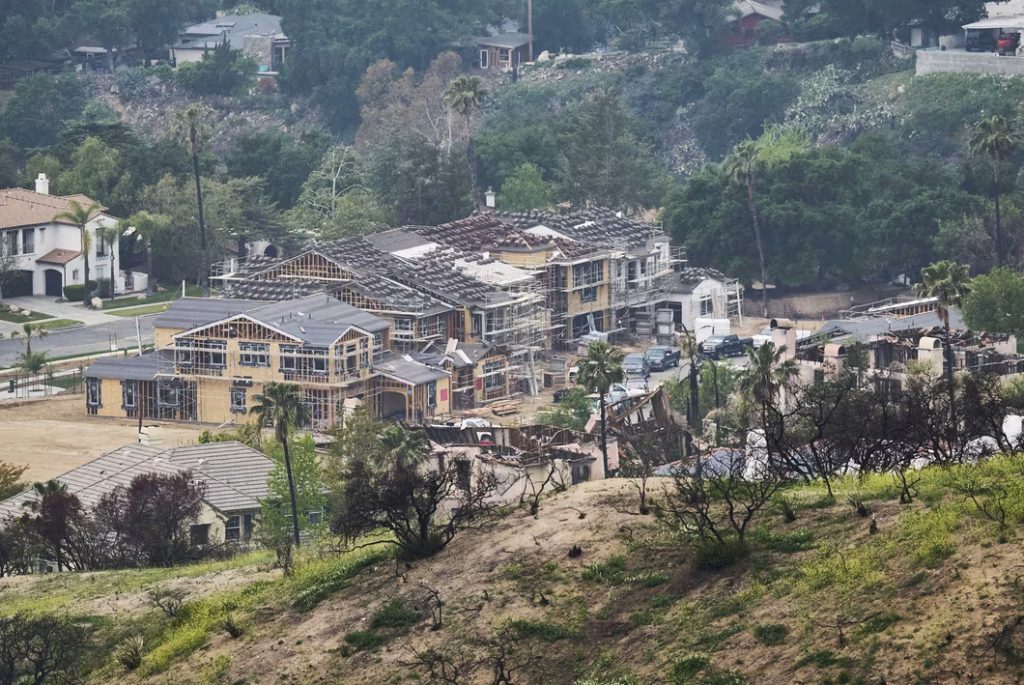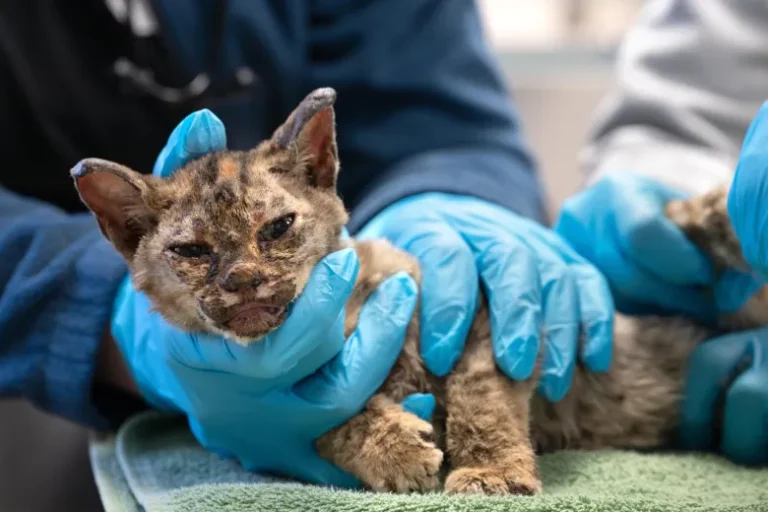LOS ANGELES — In the shadow of a town scarred by flames, the foothills now shimmer with fresh green growth, alive with birdsong and the quiet return of the wild.
After being left alone by humans for months, wildlife is slowly making its way back into the Eaton Fire burn zone. Scientists are watching closely as life stirs again in the Angeles National Forest, where devastating wildfires tore through the landscape and destroyed hundreds of homes and businesses in Altadena.
Trail cameras—installed by a dedicated team of volunteers—captured the first sighting of a mountain lion on March 26. The elusive cat reappeared just two nights ago, signaling a promising shift.

“When I saw that footage, my first thought was to share it with those in our Altadena community who lost so much,” said Kristen Ochoa, a UCLA medical school professor leading the monitoring efforts. “It’s a symbol of hope—that nature, when left alone, finds a way back. It’s resilient.”
A lifelong Southern Californian, Ochoa began tracking the region’s flora and fauna in July 2024, focusing on the Chaney Trail Corridor. She launched the Chaney Trail Corridor Project and began documenting her findings on iNaturalist, a global platform powered by volunteers and citizen scientists that maps the planet’s biodiversity.
The area, nestled just behind Altadena and only a mile from neighborhoods leveled by fire, had once been eyed for development into a sprawling sports complex. But the land, adjacent to the Angeles National Forest, remained privately owned. In an effort to preserve what remains, Ochoa and her team installed a web of trail cameras—capturing not just wildlife, but the story of a landscape slowly healing, piece by piece, after being left to itself.

Much of the land lay scorched and lifeless in the fire’s aftermath. The group lost every trail camera—each one capturing haunting images of the approaching flames before going silent. But less than two months after the fires began, Ochoa returned to the field, determined to start again. She installed new cameras, this time to witness not destruction, but renewal.
“What stays with me most is that first visit back,” Ochoa recalled. “Even with everything burned, the birdsong was everywhere.”
Many of the volunteers working alongside Ochoa are local residents—some of whom lost their homes in the fire. For them, watching the land begin to heal has brought a quiet sense of hope. Nature’s recovery has become their own.
Though the fire tore through the forest with intensity, it didn’t burn uniformly. Scattered pockets of green survived—clusters of trees and a small stream-fed sanctuary remained untouched. These natural refuges gave animals a chance to escape as flames consumed the rest of their habitat.
So far, no deceased wildlife has been found, Ochoa noted. However, there were reports of an injured bear and a deer in the days following the fire.
Heavy rains that swept through in the weeks after the blaze have helped accelerate the landscape’s recovery, drenching the scorched soil and awakening seeds lying dormant.
On a recent Wednesday morning, Ochoa paused beside several blackened San Gabriel oak trees—an iconic species native only to Southern California. Around their bases, vibrant green shoots were bursting forth.
This phenomenon, known as “crown sprouting,” is made possible by the trees’ deep and ancient root systems—natural adaptations that have helped them endure wildfires for generations, Ochoa explained.
Yet not all the growth is welcome. Bright yellow mustard flowers, an aggressive invasive species, have blanketed parts of the hillside. Their spread threatens native plants like California sagebrush and wild cucumber—key food sources for small animals like ground squirrels.
The team is now collaborating with researchers at UCLA to study how birds and bats are adapting in the wake of the fire. Their goal is to understand not just what returns, but how ecosystems shift.
As Ochoa installed one of the group’s newly donated trail cameras, she pointed to signs of life on a ridge that had burned just months earlier—bobcat scat and fresh deer tracks pressed into the dirt.
Above her, two red-tailed hawks circled in the sky, locked in a mating dance—a quiet but powerful signal that spring had arrived.

